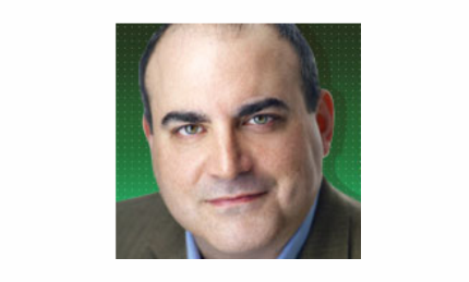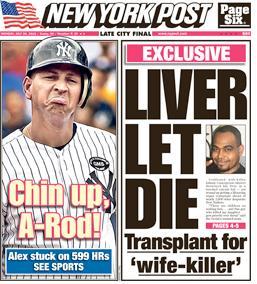Truthiness in a Connected World - Part 2 - Shelly Palmer - MediaBizBloggers

Last week, we started to explore the concepts and constructs of Truth (with a capital "T"), truth (with a lower case "t"), truthiness (as coined by Stephen Colbert), reality, wikiality (also coined by Stephen Colbert) and facts as they apply to our connected world. You can read the first installment of this series by clicking here.
Let's pick it up where we left off, "What happens when the truth is not the most compelling narrative?"
On July 19th 2010, a video was posted by Andrew Breitbart to his website, showing video of Shirley Sherrod, the Georgia State Director of Rural Development for the USDA, that showed her making seemingly racist statements at an NAACP event back in March. Foxnews.com was first to report the story that had now splashed through the blogosphere. Later that afternoon Sherrod was asked to resign via email after a call from USDA deputy undersecretary Cheryl Cook. That evening, NAACP President Benjamin Jealous condemned Sherrod, tweeted that he was "appalled" by Sherrod's actions.
Fact: Sherrod's comments were taken out of context. The full video of the speech, which the NAACP possessed throughout this whole ordeal, reveals Sherrod discussing how she overcame her racism after struggling with it for years since her father's murder.
In this case, the initial wikiality was wrong, as were the factoids and narratives given by the news networks as it unfolded. We now know the facts and we can only hope that the facts get out about Sherrod's ordeal. They will, but not to everyone. There will be a fairly large number of people who accept wikiality over reality, after the facts have been revealed. Let's call this residual wikiality. The idea that Sherrod is a racist will continue to be their wikiality because 1) it's the most compelling narrative 2) ignorance, or 3) lack of effort on their part to continue to follow the story.
Residual wikiality is not new, it has been a fact-of-life since the dawn of communication. However, in our connected world, those who choose wikiality over reality have two technological tools their predecessors lacked: connected devices that can propagate their wikiality at scale, and an uneraseable, permanent online record of their wikiality.
Another recent example takes wikiality to a slightly different place and helps us explore the role of compelling narrative in a less politically-charged arena.
This was on the cover the New York Post on July 26th 2010. Besides A-Rod's frown, it's the beginning of an article on the John
People went crazy with this story. I had a Socratic debate with Judge Jeanine Pirro in the make-up room at Fox 5 about how this happened and what could be done about it. She thought the law should be changed to prevent this from ever happening again and she wanted to find out how it happened in the first place! Our debate was over how, in practice, you could have two systems determining punishment: one legal and one medical. She thought it was easy to do, I was not sanguine with the idea of a committee of medical experts using anything but medical criterion in their decision-making process.
But, this story was not a Truth, truth nor fact. On July 28th, 2010, the Post corrected itself, saying that they could not actually verify that the transplant took place. But how was this correction made? It didn't make the cover. But rather, it was a tiny 2x3 box on the inside flap.
Thus the wikiality of the matter was not and has not been realigned to reality. Can it ever be? No, once a wikiality has been formed, the only way to combat it is with an equal yet opposite wikiality. Sadly, it is almost impossible to create one. As it has been throughout history, the first story, the first headline, the first byte is the one that's going to stick. Again, this would not be news except that in a connected world filled with webpages of misinformation and personal truths, nothing can be unsaid and nothing can be unpublished.
Next week, we will look at trust circles, truth clusters and the way information travels. We'll try to map Truth, truth and facts, and think about ways to navigate the body of knowledge as we continue to explore truthiness in our connected world.
Shelly Palmer is the host of MediaBytes with Shelly Palmer, a daily show featuring news you can use about technology, media & entertainment. He is the author of Television Disrupted: The Transition from Network to Networked TV (2008, New York House Press) and the upcoming, Get Digital: Reinventing Yourself and Your Career for the 21st Century Economy. (2009, Lake House Press). Shelly is also President of the National Academy of Television Arts & Sciences, NY (the organization that bestows the coveted Emmy Awards). For information about Get Digital Classes, visit http://www.shellypalmer.com/seminars.Watch Digital Life with Shelly Palmer Tuesdays at 10p ET on WNBC's NY Nonstophttp://www.shellypalmer.com/digitallife.
Read all Shelly's MediaBizBloggers commentaries at Shelly Palmer - MediaBizBloggers.
Check us out on Facebook at MediaBizBloggers.com
Follow our Twitter updates @MediaBizBlogger


